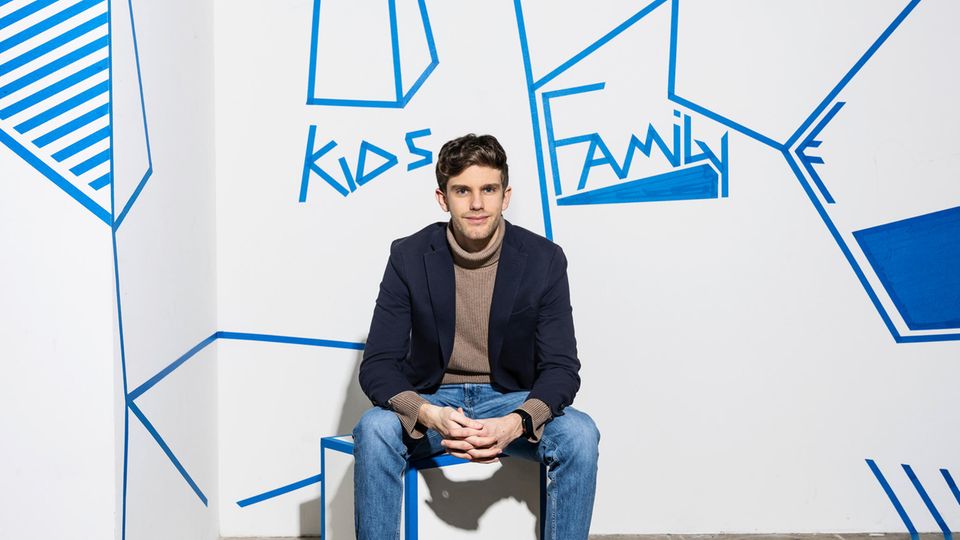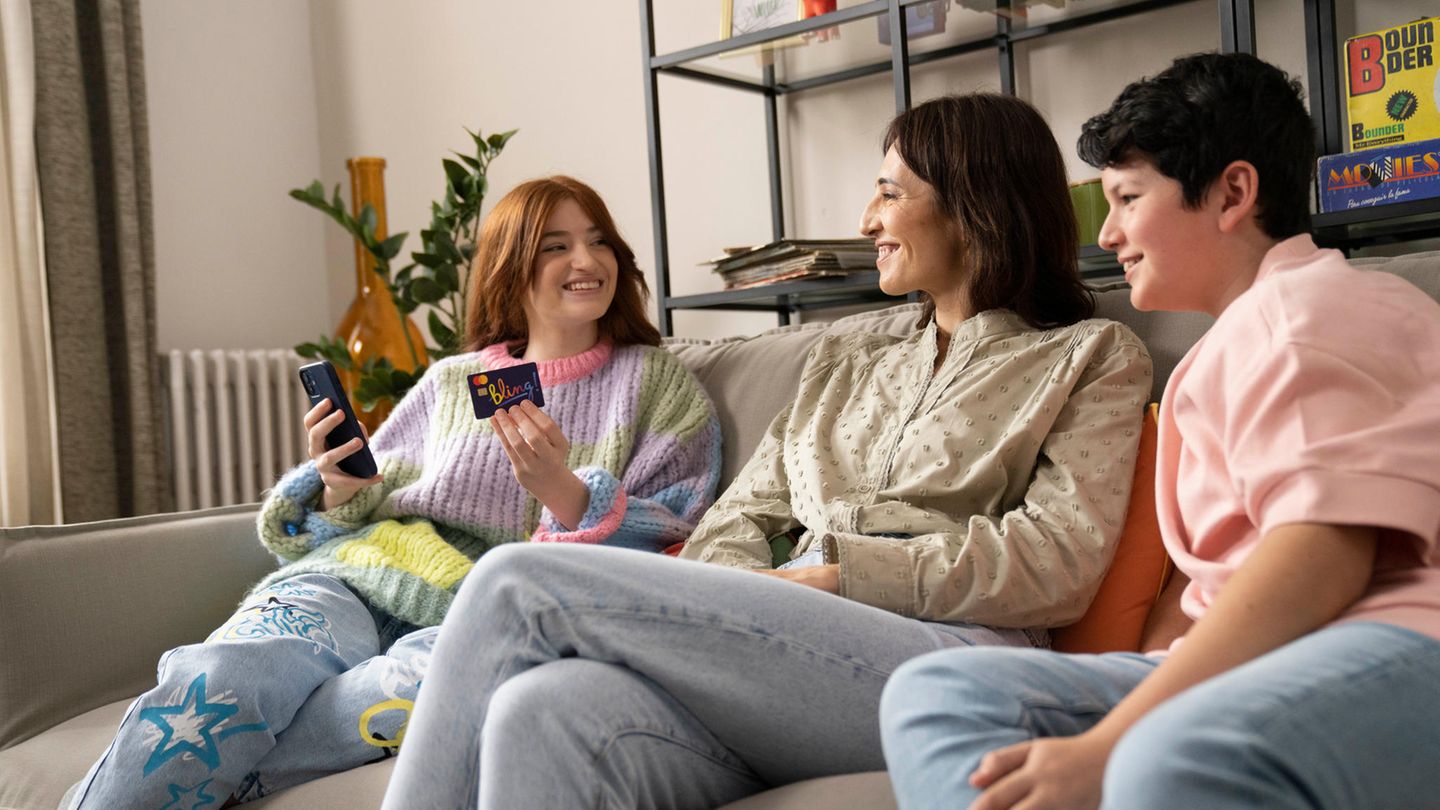Consume now, pay later – Nils Feigenwinter rejects this trend. His “Bling” project consists of a money card and an app. This should teach children how to be responsible with their money.
The boomer generation’s standard accusation against the younger generation is that they don’t know how to handle money. Immediate consumption, nice trips and great restaurants are more important to them than solid financial planning. Indeed, young adult debt is on the rise.
At 22, Nils Feigenwinter is a representative of Generation Z and embodies the opposite of prejudice. Feigenwinter looks like he just left school, but he’s already started a successful business. His app “Bling” is intended to teach people from childhood on how to handle money.
The budget book 4.0
Instead of a piggy bank, the “Bling” card is fed, expenses and management are done via the app. “The card is a prepaid Mastercard. No debt is possible with it. It is connected to the app. That means the parents can see how much money is on the card – and they can top up money in real time. The money is available immediately “, explains Feigenwinter. Put simply, the financial app “Bling” is intended to bring the good old household book back to life. A tool that every debt advisor recommends: Keep a record of all your expenses so you know where the money is going.
Of course, the app can do a little more. You don’t have to add up the items, this happens automatically and you can also set up virtual “savings pots” for a specific goal. The grandparents can then also pay into the “savings pot” – for a vacation or a new phone.
The whole thing is nicely illustrated so that it doesn’t look as boring as an Excel spreadsheet. Money can be given as a gift or paid out as regular pocket money, but you can also introduce a domestic wage economy. Then there is “wage” for help around the house – for mowing the lawn, for example.
Parents need to get involved
It depends on the parents and their personal upbringing style, how or whether they want to control the children. In some families, the children are supposed to manage a large part of their expenses themselves, in others they only get the fun money at their own disposal, while the necessary expenses are taken over by the parents, Feigenwinter knows.
The app allows parent control at different levels. In his opinion, it is never too early to start with financial education. “By about the age of three we realize that not everything is free on this planet and there is a certain quantification of value. This is an important first learning step.” The traditional methods such as savings book or piggy bank are of little help because they do not provide the child with any information that is understandable.
“No one knows what’s in their piggy bank. That’s a mystery and a big moment when it’s slaughtered.” His app is a clear counterpoint to developments in online trading and tendencies in the financial market, which make it easy for young customers in particular to consume now and pay later when buying online.

“My generation is suspected of looking for immediate consumer satisfaction online. This is a risk in dealing with money that “Bling” counteracts by teaching financial literacy. As part of the Generation Yolo, I would probably see myself as the complete opposite. That’s why we need to improve financial literacy. I started Bling out of frustration because I didn’t learn anything about money management in school.”
Getting children used to handling money
Feigenwinter comes from Switzerland, a cliché he admits. “I had the privilege of being able to afford something at home. But there was never an abundance of money in our family. I understood early on that you have to work for money.”
“These money habits are already taught in childhood, I am convinced that the first experience with money is very important. Money is so fundamentally important for us, that’s why we should also acquire good habits for dealing with it in a sustainable way.”
The app itself is very easy to use. In a demo account, the “parents” can see the current account balance of their older daughter. The fictional “Lena” currently has 46 euros. Trust protection is on, so Lena can see what she spent her money on, but her parents can’t. With one click you can top up or deactivate Lena’s card. You can also save, create a deposit and much more. Because even young people should make investment decisions on a small scale, Feigenwinter believes. “In the app I can plant savings trees and invest money for my child in a children’s depot from as little as one euro.”
However, it is not all for free. The card costs EUR 2.99 per month – with short notice periods. Money and card are not with the start-up, but certainly with a normal bank in France. Feigenwinter says that only one subscription amount fits his app. “The worst thing that can happen would be if our customers themselves became the product with their data. That would be highly questionable.”
Source: Stern




